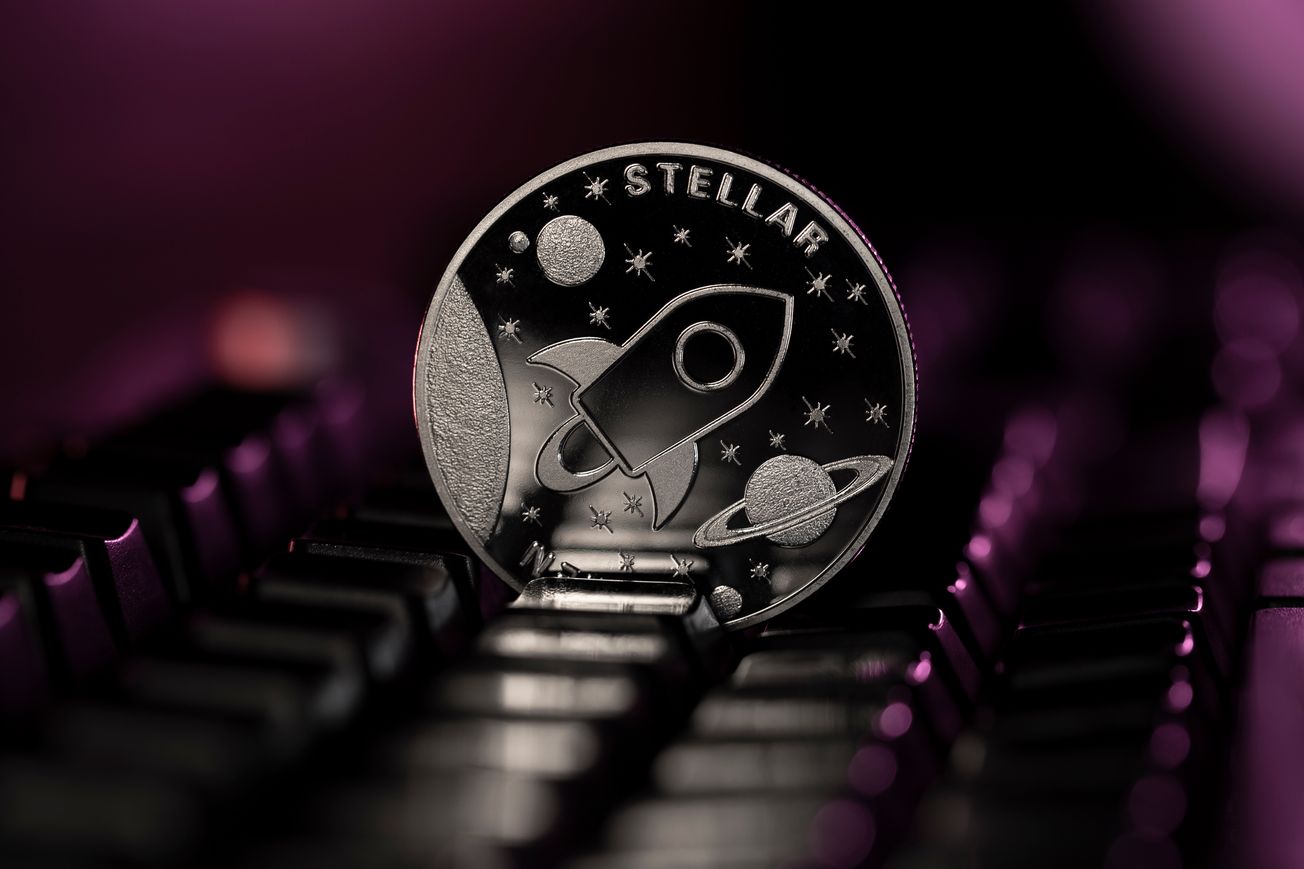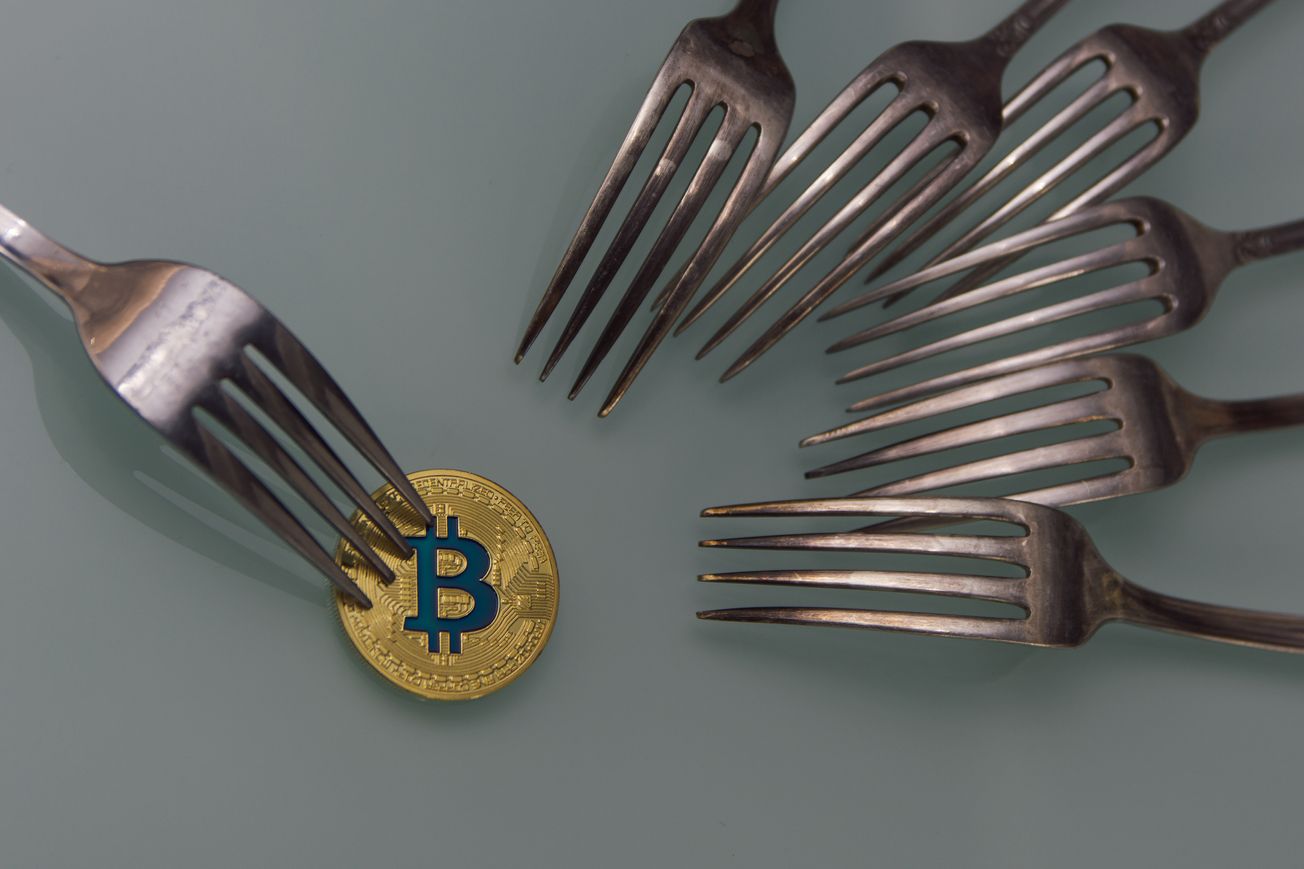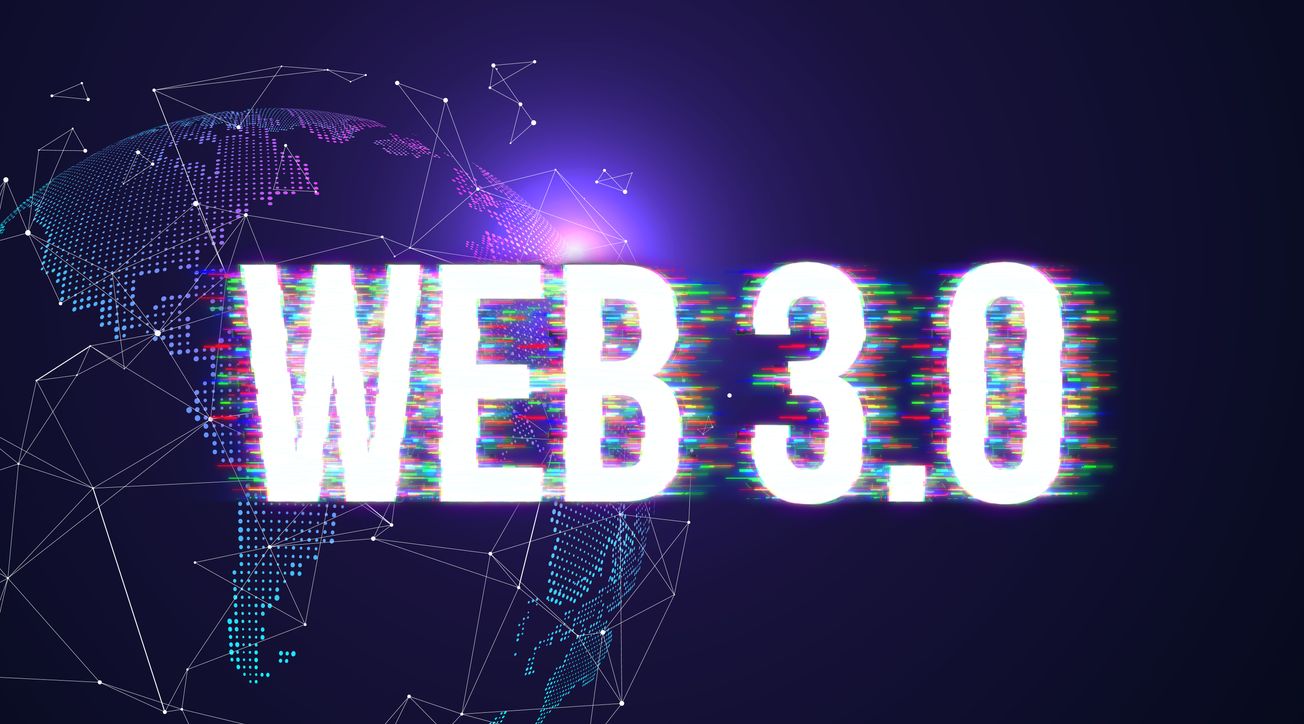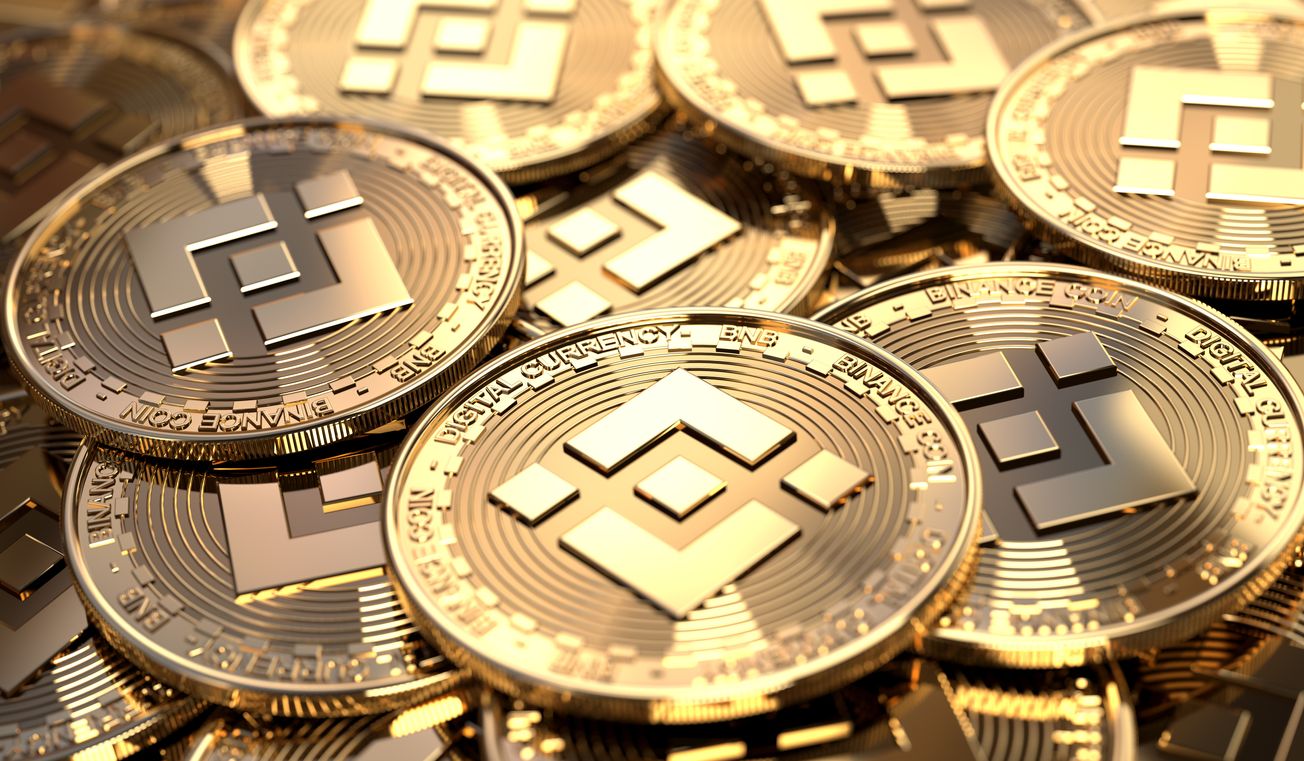Stellar is an open-source network enabling inexpensive and fast payments of national currencies and crypto-assets. Created in 2014 by the nonprofit Stellar Development Foundation, Stellar is envisioned as a borderless network that anyone can participate in no matter where they live.
Stellar depends on the same blockchain technology which powers other cryptocurrency projects including Bitcoin, Ripple, and Ethereum. Users can send and receive payments across Stellar's decentralised network without the need for a trusted third party. Users manage their funds by employing a cryptocurrency wallet rather than a banking institution. While the Stellar Development Foundation fosters the development of new features, the Stellar network itself operates without any central control.
Stellar has a more specific objective than many other cryptocurrency payment systems. Stellar's goal is to make it easy to send and receive money even in regions where banking access is limited. In particular, Stellar targets developing markets, especially communities that rely heavily on remittances (financial support from family overseas). Stellar endeavours to make international and cross-currency transactions faster and cheaper for everyone.
The Stellar Development Foundation was founded in 2014 by serial entrepreneur Jed McCaleb and former lawyer Joyce Kim to build an open-source payment platform with minimal barriers to entry. McCaleb had previously operated major Bitcoin exchange Mt. Gox and co-founded the Ripple (XRP) protocol. After developing Ripple for the established banking system, McCaleb sought to use his knowledge to create a network for those in developing areas with only partial or no traditional banking access.
Stellar vs. Ripple
Stellar and Ripple share similarities in technology and development, with co-founder McCaleb playing a role in developing both networks. Stellar and Ripple were created for specific end-users rather than as all-purpose platforms. This makes them somewhat peculiar in the world of cryptocurrency payment protocols. There are no restrictions stopping individuals from using Ripple or banking entities from using Stellar, but the public relations and branding of each are designed to attract a specific audience.
Similar to Ripple, Stellar does not rely on 'mining' by users to function. Slow speeds and high fees on networks like Bitcoin are often blamed on a mining-based design. Stellar uses the mining-free 'Stellar Consensus Protocol' to quickly process transactions. In this system, selected 'trusted' nodes confirm new transactions on the Stellar network. Nodes communicate directly with a portion of all trusted nodes (called a 'quorum slice') rather than the entire network, speeding up transaction times. The network can process thousands of payments per second, and transactions are confirmed using the Stellar Consensus Protocol in seconds.
What is XLM?
The primary cryptocurrency of the Stellar network is the Lumen (or XLM). Lumens secure the protocol and are also a medium of exchange for other currencies on Stellar. The XLM cryptocurrency was previously known as "Stellar" but was renamed Lumens to distinguish it from the Stellar network. XLM is often still referred to by cryptocurrency exchanges as Stellar or 'Stellar Lumens'.
In contrast to other cryptocurrency networks, network fees on Stellar are fixed and never fluctuate. Fees are paid in Lumens, with the current rate being 0.00001 XLM. Users on the Stellar network are required to hold a minimum XLM balance (currently one Lumen) to be able to send transactions. Stellar's minimum holding requirement helps to prevent spam on the network.
Lumens also help facilitate currency conversions on Stellar. Stellar has a built-in currency exchange system for international payments, keeping with its focus on cross-border transactions. For example, a user in the United States wishing to pay a user in the European Union can send a payment in U.S. dollars. The network can automatically make an exchange with another user seeking U.S. dollars for Euros, and then make the final payment in Euros. If no users can be found to make the exchange, the network can instead exchange the dollars for Lumens, and then make a second exchange of Lumens for Euros. The Stellar protocol can link together multiple conversions to seamlessly exchange between the sender and receiver's native currency. Lumens work as an intermediary currency to power Stellar's automatic currency conversion.
The Stellar network does not rely on mining XLM to function. Instead, the Stellar Development Foundation distributed a supply of roughly 100 billion XLM in 2014. In 2019, the foundation destroyed (or 'burned') half of its XLM reserves. This cut the circulating supply of XLM drastically, with a new maximum supply of 50 billion Lumens. Rather than minting new coins through mining, there is a fixed 1% inflation in the supply of XLM to keep pace with lost coins and network growth. New XLM is created every week and distributed through a community voting system.
Stellar's Popularity and Adoption
Stellar has made some notable progress towards its founding vision, and its technology has made it a valuable partner for multiple deals with reputable organisations and governing bodies working in developing regions. The use of Stellar has grown in areas that rely heavily on remittances and where access to banking is limited.
Stellar received original backing from prominent companies including tech giant Google, investment firm BlackRock, and payment processor Stripe. In 2016, Deloitte announced it would utilise Stellar to build an international payment system called Deloitte Digital Bank. Stellar's partnerships expanded further the same year to include India's ICICI Bank and French remittances firm Tempo Money Transfer.
Stellar made strides in 2017 when it partnered with IBM and KlickEx with a focus on improving payment systems in the South Pacific. IBM was able to secure partnerships with regional banks to develop its Stellar-based system. In 2021, Stellar took another large step in partnering with the Ministry of Digital Transformation of Ukraine to expand digital infrastructure in the country.
The popularity of the XLM cryptocurrency is driven by expectations for the adoption of Stellar in situations where banking access is limited. The price of XLM has previously increased based on news of partnerships with large entities operating in developing areas -- sometimes jumping quite dramatically. The use of XLM in the Stellar network for payment of transaction fees makes it likely that demand for XLM will increase if Stellar continues to grow. Anyone can use Stellar's network for fast cross-border payment, and XLM is available on most major cryptocurrency exchanges.






